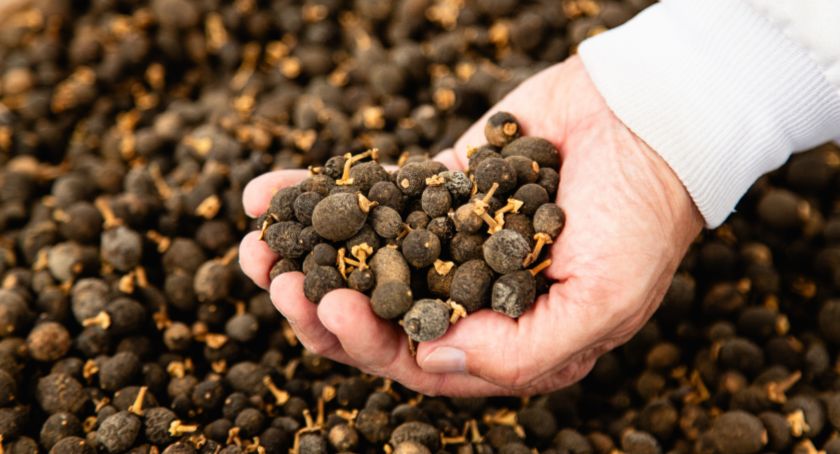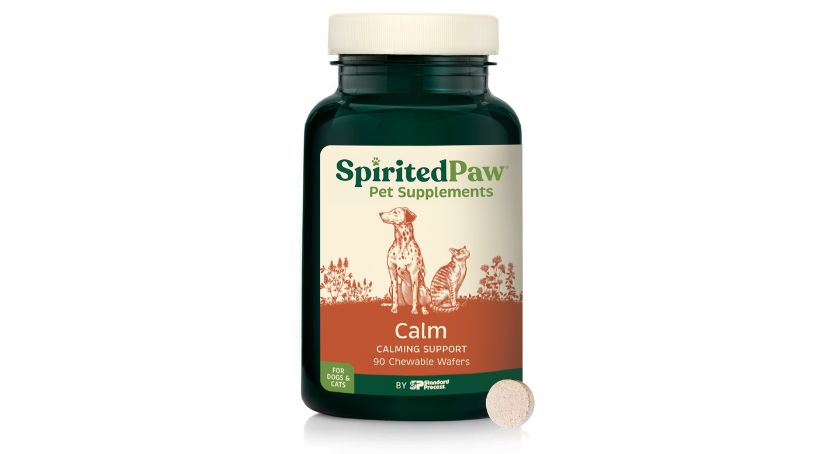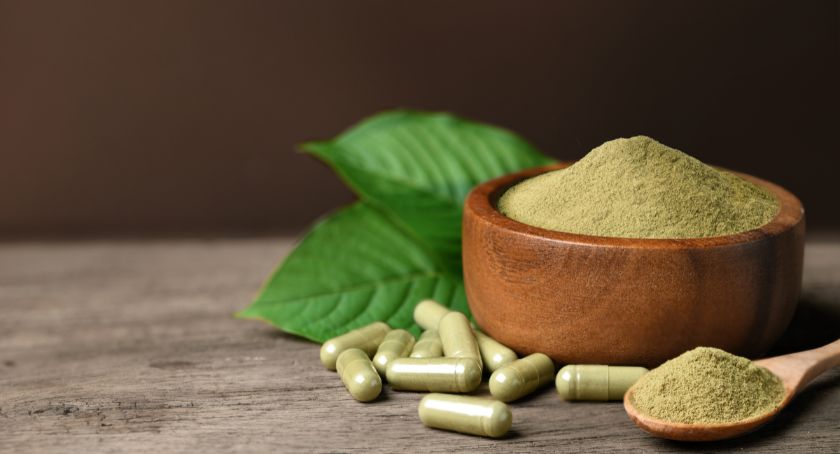Market Updates, Regulations
Valensa Secures Two New U.S. Patents for Joint Health Ingredients
Patents were granted for Flexuron Plus and Zanthin.
By: Lisa Olivo

The United States Patent and Trademark Office recently awarded FL-based Valensa International two new patents, its 17th and 18th in this area, locking down patent protection for the core ingredients related to its commercial blockbusters FlexPro MD and FlexPro ES. In clinical trials, these dietary formulations for joint health were shown to be three to five times more effective in relieving joint discomfort than a standard commercial formulation of glucosamine and chondroitin. Subjects from the trial reported being “essentially pain-free” after the 56-day study.
The first of the two patents was granted for Flexuron Plus, Valensa’s proprietary, non-animal derived, and highly-bioactive formula that features medium-chain hyaluronic acid (which has a lower molecular weight than traditional hyaluronic acid), used in combination with the powerful antioxidant astaxanthin. Flexuron Plus is now available for licensing as a separate ingredient or finished product.
The second patent was granted to Valensa for its bioavailable Zanthin astaxanthin that has been coupled with phospholipids. The Flexuron Plus blend of Zanthin astaxanthin (a potent down-regulator of pro-inflammatory cytokines) and immunogenic hyaluronic acid, enhanced in the presence of phospholipid-based surfactants, has been clinically shown to dramatically reduce knee joint discomfort.
The human clinical study measuring the effectiveness of FlexPro MD, which contains Flexuron Plus, showed dramatic, and nearly linear continuous improvement in joint discomfort over the 56-day clinical trial period, according to Dr. John Minatelli, Sr. VP Business Development at Valensa who led the product development and clinical trials for FlexPro MD and Flexuron Plus.
“FlexPro MD was 3-5 times more effective in relieving joint discomfort than a standard commercial formulation of glucosamine and chondroitin or a placebo. Furthermore, joint discomfort began as early as seven days, and by the end of the study, subjects reported that they were essentially pain-free,” Dr. Minatelli said.




















